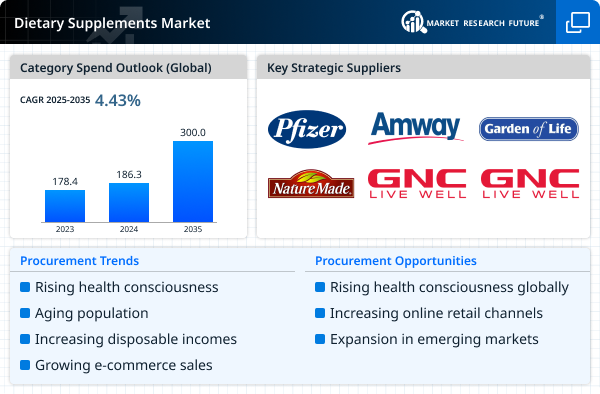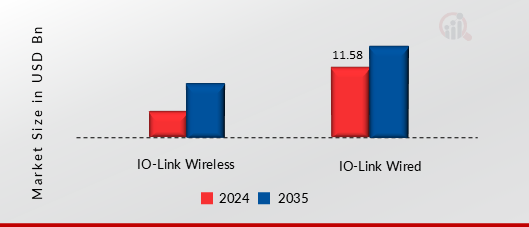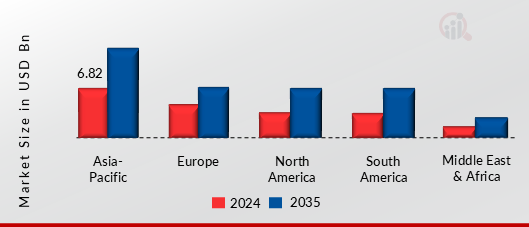Market Trends
Key Emerging Trends in the IO Link Market
The IO-Link market is experiencing a range of notable trends that are shaping its trajectory and influencing the broader landscape of industrial automation. One prominent trend is the increasing integration of IO-Link with Industry 4.0 initiatives. As industries worldwide embrace the fourth industrial revolution, IO-Link is becoming a linchpin in enabling seamless communication between sensors, actuators, and control systems. This integration not only enhances operational efficiency but also facilitates data-driven decision-making, propelling the adoption of IO-Link as a foundational technology in the era of smart manufacturing.
The rise of edge computing is another significant trend impacting the IO-Link market. With the growing need for real-time data processing and analysis, edge computing brings computation closer to the data source. IO-Link's capability to provide real-time data exchange aligns well with the requirements of edge computing architectures. This trend is driving the demand for IO-Link technology as industries seek to leverage the benefits of faster data processing and reduced latency for critical applications.
Sensor fusion and multiprotocol capabilities are emerging trends that enhance the versatility of IO-Link solutions. Industries are increasingly deploying diverse sensors and devices, and IO-Link's ability to support multiple protocols and fuse data from various sensors offers a unified and streamlined approach to data acquisition. This trend enables seamless integration of different sensors within a single IO-Link network, simplifying the overall industrial automation landscape.
The pursuit of energy efficiency is influencing the adoption of IO-Link technology. As industries focus on sustainable practices and energy conservation, IO-Link's ability to enable precise control and monitoring of devices contributes to energy-efficient operations. This trend aligns with the global push towards environmentally conscious industrial practices, positioning IO-Link as a key enabler for companies striving to achieve energy efficiency goals.
The trend towards wireless communication is gaining traction in the IO-Link market. While traditional wired communication remains prevalent, the demand for wireless IO-Link solutions is rising, especially in applications where the flexibility of wireless connectivity is advantageous. This trend enables more dynamic and adaptable industrial setups, catering to the evolving needs of industries seeking greater flexibility and scalability in their automation systems.
Cybersecurity is an increasingly critical trend impacting the IO-Link market. As industrial networks become more interconnected, the need for robust cybersecurity measures becomes paramount. IO-Link, as an integral part of industrial communication networks, is subject to stringent security requirements. The trend involves the incorporation of advanced cybersecurity features into IO-Link solutions, ensuring the integrity and confidentiality of data in the face of evolving cyber threats.
Another notable trend is the growing emphasis on cloud connectivity in IO-Link solutions. Industries are leveraging cloud platforms for data storage, analysis, and remote monitoring. IO-Link's compatibility with cloud services allows businesses to harness the power of cloud computing for enhanced analytics, predictive maintenance, and centralized monitoring. This trend reflects the broader shift towards cloud-based solutions in the industrial automation sector.
Customization and configurability are trends that cater to the diverse needs of industries. IO-Link's ability to support configurable parameters and provide flexibility in device configuration allows for tailored solutions to meet specific application requirements. This trend aligns with the demand for adaptable and customizable industrial automation solutions, enabling companies to optimize their processes according to their unique operational needs.





Leave a Comment